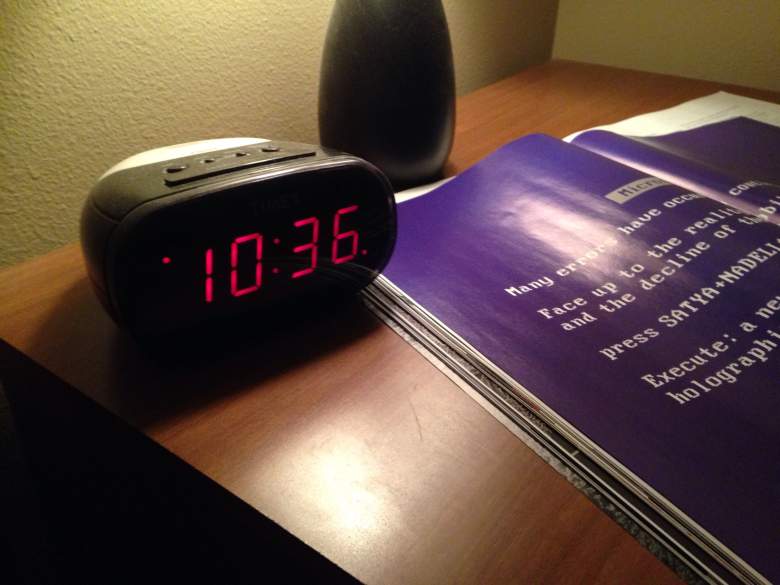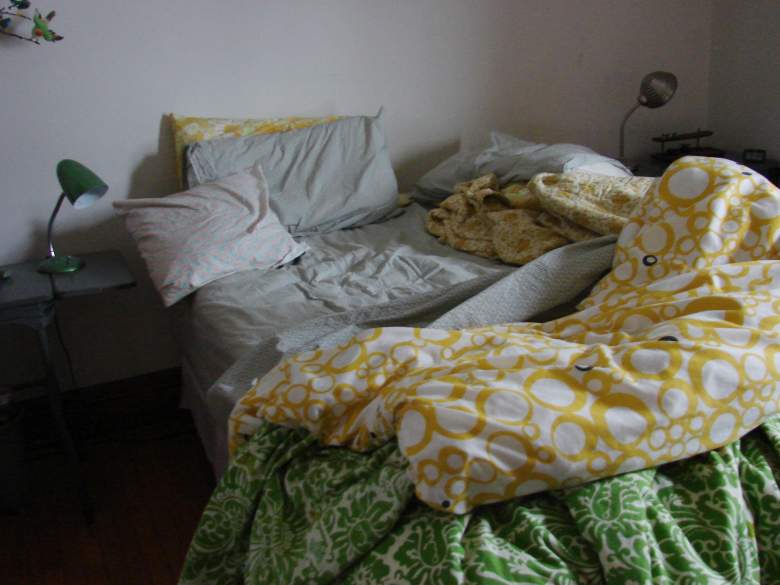The average person will spend roughly one-third of their life sleeping. In fact, most of us will spend far more time sleeping than working – or anything else for that matter. So, it stands to reason that we should talk about sleep more and how we can get the best quality sleep possible. On that note, here are five fast facts you need to know about the current state of sleep in America.
1. Sleep Deprivation is Prevalent

(Photo by Lillie Kate)
According to a brand new study by the Centers for Disease Control and Prevention, sleep deprivation is a widespread health issue in America. Out of the 400,000 adults polled, roughly one-third got less than the recommended seven hours of sleep per night.
The data also revealed some interesting trends in terms of how people sleep by geographical region. For example, only 56 percent of people in Hawaii log more than seven hours of sleep per night, while 72 percent of those living in South Dakota get the recommended amount.
2. Most Common Sleep Disorders

(Photo by Tors)
According to Purple, a leading mattress manufacturer, more than 73 million Americans suffer from chronic sleep disorders. While everyone suffers from different causes, the most common disorders and conditions include insomnia, sleep apnea, restless leg syndrome, REM sleep behavior disorder, narcolepsy, sleepwalking, sleep terrors, and bruxism.
While many sleep disorders are related to physiological issues, many people suffer from sleep problems because their sleep environment doesn’t adapt to their individual needs. This is largely due to the fact that everyone has different preferred sleeping positions.
As Purple points out, when you lie on your back, you want your spine to maintain its natural curve. However, when you sleep on your side, your spine should ideally be in a straight line. That’s why they – along with other mattress brands – are now focusing on developing new technology that allows for perfect spinal alignment, regardless of sleep position.
3. Ideal Sleep Time Varies by Person

(Photo by David Mulder)
While we frequently hear people talk about getting seven or eight hours of sleep per night, the truth is that everyone is different. Depending on your age and level of physical activity, your ideal sleep time may vary. Here are the suggested sleep times by age:
- 0-3 months: 14-17 hours per day.
- 4-11 months: 12-15 hours per day.
- 1-2 years: 11-14 hours per day.
- 3-5 years: 10-13 hours per day.
- 6-13 years: 9-11 hours per day.
- 14-17 years: 8-10 hours per day.
- 18-64 years: 7-9 hours per day.
- 65+ years: 7-8 hours per day.
4. Tips for Getting Better Sleep

(Photo by Brandon Atkinson)
While a condition can make it nearly impossible to get sleep without medication, most people will be able to get better quality sleep by following some of these tips:
- Try to develop a consistent sleep routine where you go to bed and wake up at the same time each day.
- Don’t sleep in on weekends and days where you don’t have work. It will mess up your rhythm.
- Avoid caffeine intake in the afternoons and evenings.
- Don’t read emails or conduct business prior to bedtime.
By following these tips, you’ll find it much easier to go to bed and wake up on time.
5. Common Myths About Sleep

(Photo by Abbey Hendrickson)
Because sleep – or lack thereof – is such a hot topic, there are a lot of myths that circulate about it. Perhaps the biggest myth is that more sleep is always better. Science seems to suggest something else.
Contrary to popular belief, there is a limit to the amount of sleep that is healthy. Long sleepers often suffer from more medical problems and earlier deaths. Keep this in mind and aim for the recommended amount of sleep for your age group.
Get More Sleep, America
Sleep is incredibly important – yet few of us actually get the sleep we need. In some cases this is by choice, while in other situations it’s a result of a chronic disorder or condition. Regardless of the details, it’s imperative that we begin focusing on sleep more than we currently are.
Comments
The State of Sleep in America: 5 Fast Facts You Need to Know